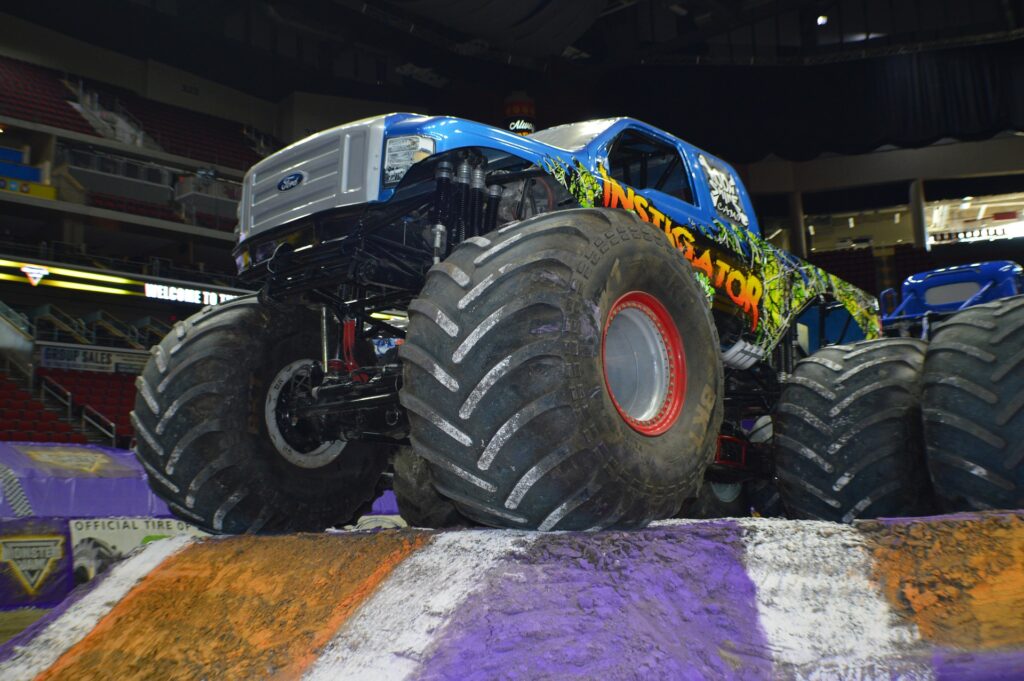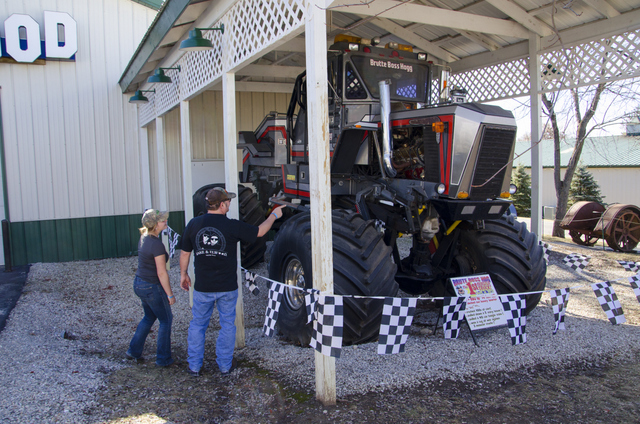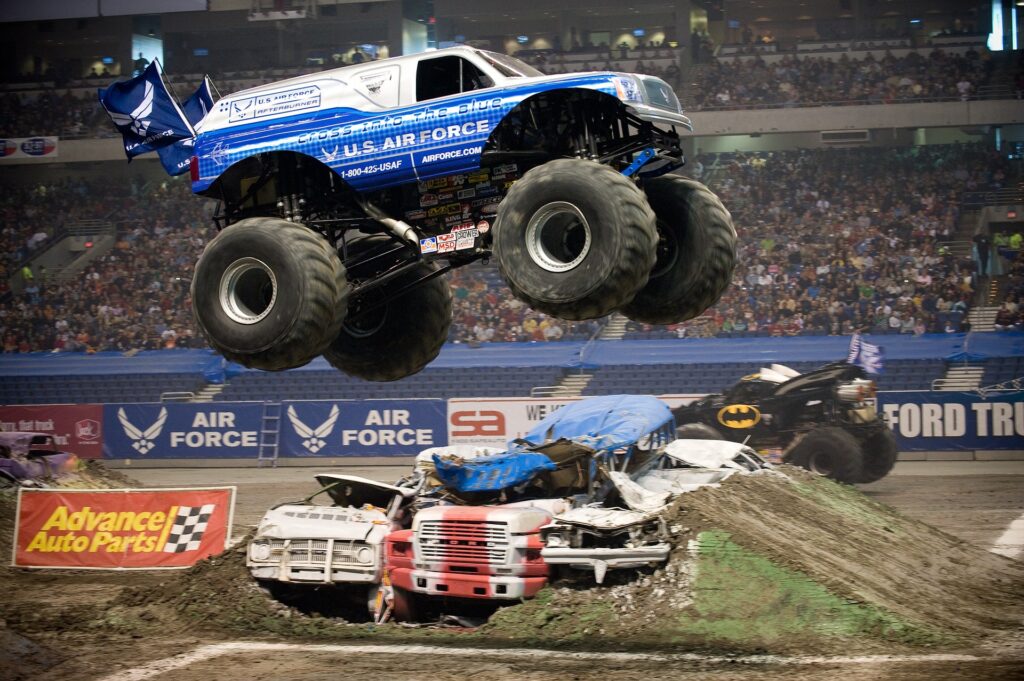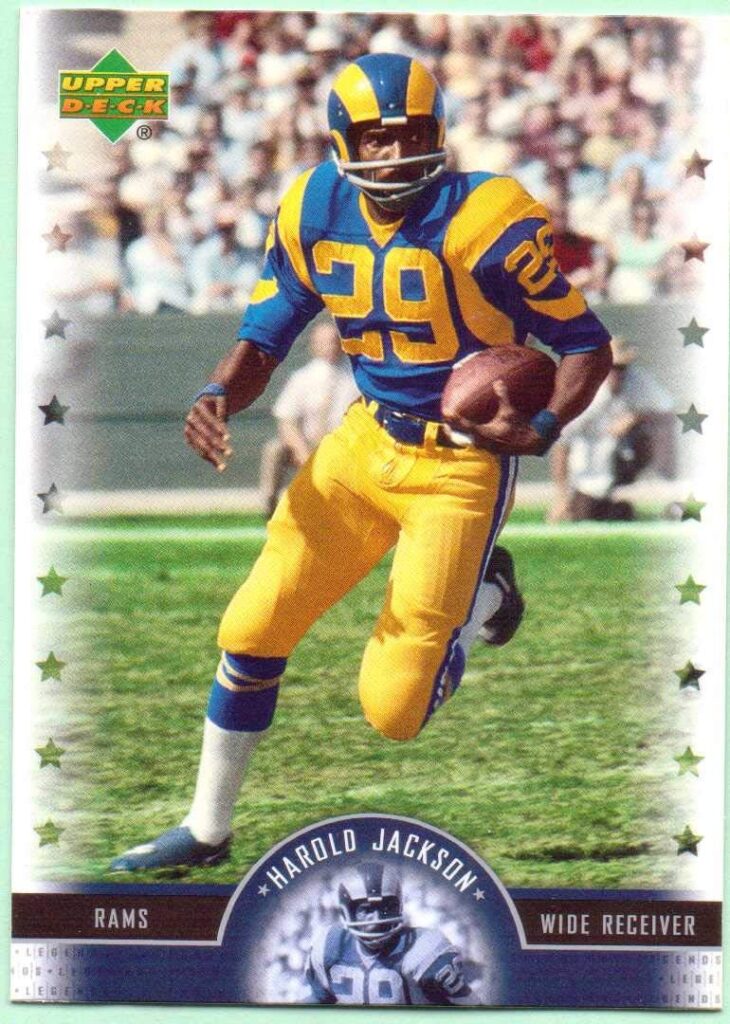The History of Monster Truck Racing
There’s nothing more satisfying than watching a high-powered piece of automotive engineering tearing its way around the track — unless that engineering marvel happens to be a monster truck. These massive trucks are designed with their own look, personality and even their own theme songs, but where did the practice of monster truck racing begin? Let’s explore the history of monster truck racing and see where it might go from here.

In the Beginning
While we’ve always had the need for speed when it comes to racing, we didn’t start using massive trucks to do it until the early 1980s. In 1982, Bob Chandler created the world’s first monster truck out of a Ford F-250. With massive tires and a suspension that lifted the vehicle so high off the ground you needed a ladder to get in, it was barely recognizable as a Ford.
That year, in the Silverdome — located in Pontiac, Michigan — Chandler used his heavily modded F-250, which he renamed Bigfoot, to demolish a pair of cars.
The reaction was astounding. Suddenly everyone wanted to create a massive monster truck that could crush as many cars as possible, and these modded trucks started popping up at fairs and shows around the country. While these exhibitions were great fun to watch, they weren’t races. It wasn’t until 1987 that the United States Hot Rod Association stepped in to create competitive contests.
These races weren’t just tests of speed. They were trials of agility and pure destructive power too. While the driver competed against another monster truck, they also had to navigate a course and destroy cars along the way. The rest, as they say, is history.
Modern Monster Trucks

These early monster trucks don’t race much anymore, though you can still see them showcased at museums around the country. Today, monster trucks are bigger, meaner and more destructive than ever.
You’ll usually see two types of monster truck events billed — races and freestyle events. Races are pretty standard, with each driver navigating a track filled with obstacles, sharp turns and jumps. The first person to reach the finish line wins. The real fun is in the freestyle events, where drivers can show off what their trucks can really do.

These events will have trucks doing backflips, wheelies, jumps and any other stunt you can manage to pull out of a massive multi-ton piece of automotive engineering. These competitions are judged based on showmanship, and even if the driver crashes and burns, they could still find themselves walking away with the prize if it’s a spectacular failure.
The Future of Monster Truck Racing
When you compare this sport to other types of racing, the monster truck arena is still relatively young, but that doesn’t make it any less exciting. It’s hard to tell where it might go from here, but if the last few decades are any indicator, we can expect to see trucks that are larger, fiercer, more modded and more powerful than ever.

